How a Wise President Ended a Stalemated War
Trump and Eisenhower both inherited a war of attrition. The rest is contrast.
The Russian invasion of Ukraine began with a blitz intended to decapitate the government in days. Now three years old and counting, the war long ago became a grinding struggle of attrition. A new American president is pushing for a negotiated peace, while threatening to wash his hands and walk away if the war isn’t settled soon.
You know all that. You know what Donald Trump promised during his election campaign. (It will be “easy” to end the war “in a day.”) You know how Trump has treated America’s Ukrainian allies. (A constantly fluctuating mixture of contempt and hostility.) And you know the terms Trump is pushing for a settlement. (Close to a Kremlin wish-list, including twenty percent of Ukraine’s land going to Russia.)
But what you may not know is that Donald Trump was not the first American president who inherited a grinding, three-year war of attrition. He wasn’t even the first American president who promised to deliver a negotiated peace of such a war during a presidential election campaign.
I’m going to tell the story of that other president and other war because I think the comparison is illuminating. In fact, I think it’s stunning.
But I won’t comment. I’ll let the facts speak for themselves.
The other president was Dwight Eisenhower. The other war was in Korea.
In 1876, Japan forced Korea to open for trade, as the United States had forced open Japan in 1853. In the decades following, Japan increasingly bullied and dominated Korea. In 1905, Japan made Korea its protectorate; in 1910, its colony.
In 1945, Japan was defeated. The United States and the Soviet Union agreed to divide Korea into two occupation zones, the north controlled by the Soviets, the south by the United States. The 38th parallel would be the cut-off. Eventually, an international trusteeship would govern until Koreans could form their own government over the whole peninsula.
The Cold War sank that plan. The Soviets installed a government in the north and an American-backed government formed in the south following United Nations-supervised elections. Each government claimed to be the legitimate government of the whole peninsula. This uneasy peace held until the 25th June, 1950.
With authorization from Josef Stalin, North Korea launched a blitzkrieg invasion that almost drove South Korean forces into the sea. Acting under UN authorization, American forces led by Douglas MacArthur launched a brilliant counterattack that swiftly drove the North Koreans back to the 38th parallel. Then American and South Korean forces pushed into the north, driving ultimately to the border of China with the intention of destroying the North Korean army and reunifying the country. The south stood on the verge of victory.
But the new Communist government of China sent an immense army smashing into Korea. Narrowly escaping total destruction, the American and South Korean forces fell back. They were joined by more United Nations forces from Britain, Canada, Turkey, Australia, and many other countries.
Eventually, the wild swings in momentum subsided and an equilibrium — a rigid front line — formed in the barren hills roughly along the 38th parallel. A conflict of pell-mell dashes became a slow, grinding war of attrition.
So it remained through 1952, which was a presidential election year. The rising death toll, with no prospect of a breathrough or a negotiated peace, helped to drag the popularity of President Harry Truman down to twenty-two percent, one of the lowest levels ever recorded. Truman decided he wouldn’t run for re-election. In his place, the Democrats nominated Adlai Stevenson. His Republican opponent was the man the Democrats had tried to recruit to run for the presidency in 1948. He also happened to be a general and war hero.
Dwight Eisenhower would have been an intimidating candidate under any circumstances, but in 1952 the Cold War was rapidly worsening and the Soviets had recently developed the bomb, thanks in part to secrets stolen from America. The long nightmare of atom bombs incinerating cities now haunted American dreams. But the atom bomb’s presence in the collective mind was bigger than that. It was all but universally expected that future conflicts would see the use of atom bombs as tactical weapons to incinerate troops on battlefields and fleets at sea. How that could be kept from escalating to armageddon was the burning issue of the day, and would get all the more intense when the public learned, a few weeks after the election, that the US had successfully tested a new type of bomb hundreds of times more powerful — the hydrogen bomb — days before the election. And all the while, American soldiers kept dying on the barren hills of Korea.
Dwight Eisenhower was a man made for the moment.
By election time in 1952 American casualties had reached a total of 21,000 killed, 91,000 wounded, and 13,000 missing, making this the fourth most costly conflict in United States history, ranking only behind the Civil War and the two world wars.
That’s a passage from Eisenhower’s post-presidential memoirs. How to end what came to be called “the forgotten war” was on everyone’s mind in 1952. So in Detroit on October 24, 1952, Eisenhower delivered a speech before an audience of 5,000 in which he promised to forgo politics “in this anxious autumn in America” and speak about the state of the world. And specifically, the war in Korea.
“That job requires a personal trip,” Eisenhower said. “Only in that way could I learn how best to serve the American people in the cause of peace.” Then came the words that electrified America.
“I shall go to Korea.”
On November 4, 1952, Eisenhower was elected in a landslide. Three weeks later, Eisenhower went to the Pentagon to be briefed by the Joint Chiefs of Staff. The brass said the US could either continue fighting indefinitely, because the Chinese and North Korean willingness to continue the fight seemed bottomless, or to massively expand American presence and go on the offensive. There was no other way, they told Eisenhower.
Ike dismissed both options. He wanted another way. He got on a plane and went to Korea, where he stayed for almost a week.
Jean Edward Smith describes the trip in Eisenhower In War And Peace.
Eisenhower visited frontline units and talked to senior commanders and their men. Despite the bitter cold, he wanted to see for himself. Bundled in a heavy pile jacket and GI thermal boots, he surveyed the terrain and watched an artillery duel through binoculars. He met his son John, now a major, who was serving at the front, and ate an outdoor meal from a mess kit with the 1st Battalion of the 15th Infantry, the united he had commanded at Fort Lewis in 1939-40. The high point of the trip was a reconnaissance flight along the length of the frontier — essentially the thirty-eighth parallel — in an artillery spotter plane. Squeezed behind the pilot in the Army’s equivalent of a Piper Cub, Ike thought the terrain below was reminiscent of Tunisia — only worse. The North Koreans and Chinese had developed a formidable defensive position supported with a series of tunnels to shield their artillery. “It was obvious that any frontal attack would present great difficulties,” Eisenhower concluded.
Eisenhower met with South Korea’s president, Syngman Rhee, who was fanatical about not ending the war with anything less than total victory. Eisenhower also met with Mark Clark, the commanding general, who was sure the US could deliver the victory Rhee demanded.
Clark wanted Eighth Army, reinforced by eight divisions, to advance all along the front. At the same time, he would launch air and sea operations against the Chinese mainland. Clark also sought to use Chiang Kai-Shek’s troops from Formosa [Taiwan] … and proposed that “serious consideration” be given to using atomic weapons. Clark kept Ike up until 3 AM arguing that victory was possible. When Clark finally ran out of steam, Eisenhower told him to forget it. “I know just how you feel, militarily,” said Ike, “but I have a mandate from the people to stop this fighting. That’s my decision.”
Eisenhower summed up in his memoirs that as of December, 1952 …
… it had been tacitly accepted by both sides that we were fighting defensively and would take no risks of turning the conflict into a global war…. My conclusion as I left Korea was that we could not stand forever on a static front and continue to accept casualties without any visible results. All attacks on small hills would not end this war."
It was time to negotiate.
But how to negotiate that? Eisenhower’s only experience with had ended in the enemy’s unconditional surrender. This was something else entirely. And negotiation wasn’t exactly something they teach in the Army. While his role as Supreme Allied Commander Europe had been political, and negotiation of certain sorts was part of it, deal-making was hardly his thing.
Nonetheless, Eisenhower understood in his bones that you don’t start a negotiation with concessions. You start with strength.
When Eisenhower got back to Hawaii, he made a brief statement to the press and an expectant world.
We face an enemy whom we cannot impress by words, however eloquent, but only by deeds — executed under circumstances of our own choosing.
“Eisenhower was laying down a smokescreen,” wrote Jean Edward Smith. “He made no threat to use atomic weapons, but the implication was clear. Unless the Chinese accepted an armistice in Korea, the new administration would escalate the war.”
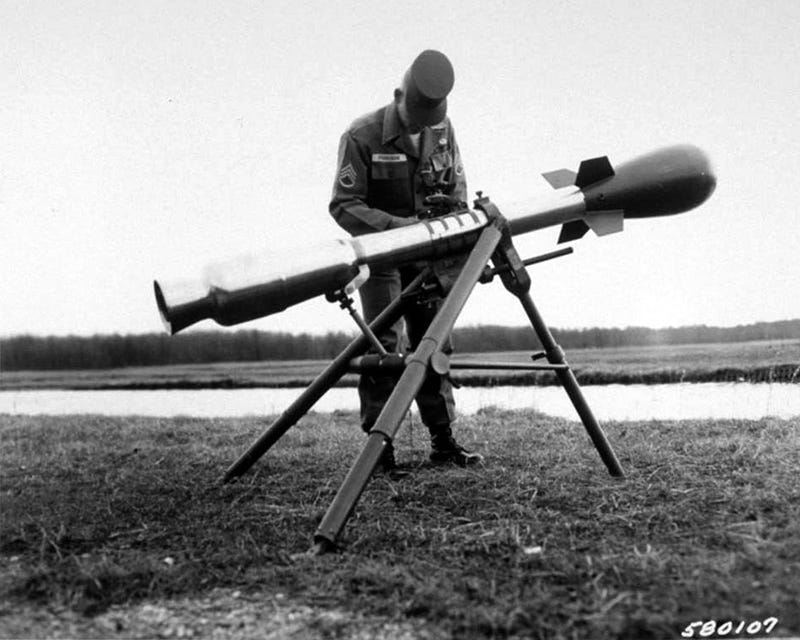
As president, Eisenhower followed his strategy to the conclusion he wanted.
He sent money and arms to bolster the South Korean army. He strengthened American forces. He hinted at the use of nuclear weapons, as many in the US military wanted to.
But he simultaneously sought to improve relations with the Chinese and North Koreans, notably by organizing prisoner exchanges.
One of the biggest obstacles he faced was Syngman Rhee, who repeatedly threatened drastic action, including expulsion of American forces, if the United States did not escalate the war in pursuit of total victory. Each time, Eisenhower talked him off the ledge.
The armistice Eisenhower sought was signed on July 27, 1953. It stopped the fighting and effectively established the border at the existing front line — which was not far from where the border was at the start of the war.
It was not, however, a peace treaty. No such treaty was ever signed, and Korea remains divided.
In one sense, that may seem like not much of an accomplishment. But look again at the war as all observers saw it when Eisenhower became president: It would either grind on for many more years, killing immense numbers of men, making poor countries poorer, for no good whatsoever — or it would escalate into a massive regional war, with the risk of becoming a third world war.
Finding another, better way was a great accomplishment, if not one that would be celebrated and remembered. Like most of Eisenhower’s many accomplishments as president, Ike did it with a deeply informed strategy executed methodically and with masterful subtlety and understatement. Because Dwight Eisenhower’s concern was not being celebrated and remembered.
And that, paradoxically, is a big reason why his standing among historians has risen rapidly in recent years — a happy revision I do not expect will ever come for a more contemporary president I could name.
Bits and Bobs
Why become a paid subscriber?
I’ll let renowned Harvard psychologist Steven Pinker answer that one.
You hear that? “One my favorite Substackers & current nonfiction authors.”
Admittedly, I must discount that praise a little for the misspelling of “favourite.”
But, still, I’ll take it. And you should, too.
(I’ll go to my deathbed convinced that Noah Webster was one of history’s great villains. Don’t argue with me on this. And keep the “u” in “favourite,” dammit.)
Creeping multiculturalism … in 1952
While researching that piece about Dwight Eisenhower, I came across a 1952 campaign button that surprised me. And will surely horrify MAGA types. (Not that MAGA types read my newsletter, but…)
Wokeism was already making inroads in Eisenhower-era America.
Who knew?
The prospects for AI regulation
In The Seven Rules of Trust, which I co-wrote with Jimmy Wales, and which will be released in late October, we discuss an amazing subreddit called “Change My View,” where people posit a particular opinion and others try to change that person’s mind. The views being argued are often political and highly controversial. Yet the conversations typically remain civil and substantive, which is near-miraculous on a social media platform. In our book, we discuss why Change My View works.
But the site was in the news recently for a very different reason: Academic researchers created AI bots to see if they could be as or more persuasive than humans and they had the bots interact with the humans on Change My View — without telling moderators of the website or the people they were engaging with. People were understandably furious when they discovered the ruse.
That is chilling.
One of the more obvious and dystopian ways in which AI could develop is bots posing as people in order to more effectively grab hold of people’s attention and never let go. In this short video, Nicholas Thompson, former editor of Wired and current CEO of The Atlantic, spells out some of the ways unscrupulous corporations could deploy such techniques to horrible (for others) but profitable (for them) effect.
But it seems to me that this problem, unlike so many others related to AI, is easily amenable to regulation. Ban it. Simply make it illegal for bots to pretend to be people. Require that they always identify themselves as what they are. And throw the damned book at any anyone who creates bots that violate that rule.
The European Union and California have such laws. Some other jurisdictions have discussed it. But why isn’t that universal? And stringently enforced?
For one thing, we haven’t really been bitten by this threat yet. And as history suggests, we have a hard time dealing with threats before they victims pile up. This is sometimes called the “tombstone mentality,” as I’ve discussed before.
But this threat is so obvious! And its solution is so simple. Do we really have to wait for people to be hurt before acting on it? Or worse, do we really have to wait for people to be hurt and then discover that bots pretending to be human has been so normalized that there isn’t the political will to do anything about it?
If that’s true, what it suggests about our capacity to regulate AI on far more complex and challenging issues is not pretty.
(I should note that I have a pigeon’s understanding of computers and AI — I am trained to peck keys in specific orders to produce desired results — so I may be wrong about the simplicity and ease of banning bots pretending to be human. If there are technical reasons I’m not aware of, please let me know in the comments.)
Soft power, illustrated
Want to see how soft power works?
Below are two prominent Canadians talking about the new Canadian government and its priorities. The whole discussion is framed around 100 days.
Why 100 days? In March, 1933, Franklin Roosevelt became president in the midst of the most severe crisis since the Civil War. It required sweeping, fast action — so 100 days was used as a benchmark for progress.
Ever since, Americans have used the 100-day mark as a benchmark. That doesn’t make much sense for most presidents because most do not face crises that require an enormous number of actions in a very short time. And it’s not only inappropriate. Benchmarks aren’t neutral, remember. Once established, people aim to meet them. So benchmarks change behaviour, particularly in a business subject to as much scrutiny as an elected government. Hence, a short benchmark can easily prompt excessive haste or an unreasonable number of simultaneous efforts. (Which is no hypothetical, as recent events have demonstrated.)
So why do Canadians use a misguided benchmark whose origins lie in American history? Because Americans do. No other reason.
That is how soft power works.
And speaking of Canada’s new government
Prime Minister Mark Carney has said, bluntly and repeatedly, that Donald Trump has permanently ruptured the existing relationship with the United States. We can and should continue to work together, Carney notes, but the days of steadily increasing economic and military integration are “over.” Canada will chart a new course, emphasizing greater strategic autonomy.
Or so Mark Carney says. Doing this is quite another matter.
I don’t think many Canadians realize that never since the founding of Canada as a modern state in 1867 has this country made grand geo-strategic choices. From 1867 to 1931, and the Statute of Westminster, Canada’s foreign affairs were mostly decided for us by Great Britain. As a practical matter, if not a legal one, that continued until the Second World War. In the post-war era, Britain’s leadership role passed to the United States, and Canada dutifully joined NATO and NORAD and carried out the role expected of us. Sometimes we tacked a little this way or that, as we did when we declined to join the 2003 invasion of Iraq, but we never debated the broad strokes of our place in the world. And that was fine. This arrangement gave us security and prosperity.
But now? If we wish to put some distance between Canada and the United States, how will we do it? What should our focus be? Who are our partners? What can we contribute and what will be expected of us? All these strategic questions are wide open. For the first time in our history.
For the countries of the European Union, making those sorts of choices is a muscle they have allowed to atrophy; for us, it is a muscle we have never used. It will be hard for them. It will be brutal for us.
Personally, I’m thrilled Mark Carney is the man who will tackle the challenge. But we must not underestimate how immense that challenge is.
I’ve often thought that the most powerful force in human affairs is inertia. Embed a routine in a human brain — or the collective mind of a society — and it becomes the default. Replacing that routine with something entirely new is profoundly difficult. There’s a reason why it’s so damned hard for smokers to quit or for the sedentary to take up regular exercise, no matter how clearly they see the need for change.
This essay by political scientist Philippe Lagassé highlights one example of a phenomenon that will be true across the federal government and Canadian society.
President Donald Trump is creating a rift among Canadian political leaders, the public, and the Canadian Armed Forces (CAF). At issue is whether the CAF should remain closely tied to the United States military and wedded to American capabilities, given Trump’s aggressive rhetoric toward Canada, his overtures toward Russia, and authoritarian slide at home, which includes denying people due process, defying the judiciary, and coercively threatening law firms and universities.
Whereas the CAF leadership sees President Trump as a temporary problem that must be managed, the Carney government and a sizable portion of the public believe that Canada must rethink its dependence on the United States. Notably, Prime Minister Mark Carney recently declared that Canada’s existing security relationship with the United States is “over,” and the Liberal electoral platform promised that Canada will increasingly look to other partners or domestic manufacturers for military capabilities.
As the shock and anger of Trump’s threats against Canada wear off and daily routines return, the temptation to slip back into familiar old habits — to shrug, to keep doing what we always do — will be a powerful force.
I personally think Carney’s statements on the need for change are dead right. Canada needs a profound shift. But that will not happen if those at the top do not recognize the immense inertia they must overcome.
In bureaucratic terms, that means finding and promoting those who get it, finding and firing those who don’t, and relentlessly pushing the boulder until it starts to roll.
In social and political terms, it means developing a clarity of strategic vision no Canadian leader has ever mustered — and communicating that vision so powerfully that Canadians grasp it and agree that change is both essential and desirable.
This country is a lifelong smoker who has never seen the inside of a gym. Now we must toss the smokes and hit the dumbbells or risk an early trip to the morgue.
This will be brutal.
But then, back in the day, we took Juno Beach from the Nazis. We can do this.

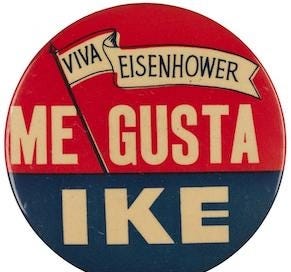


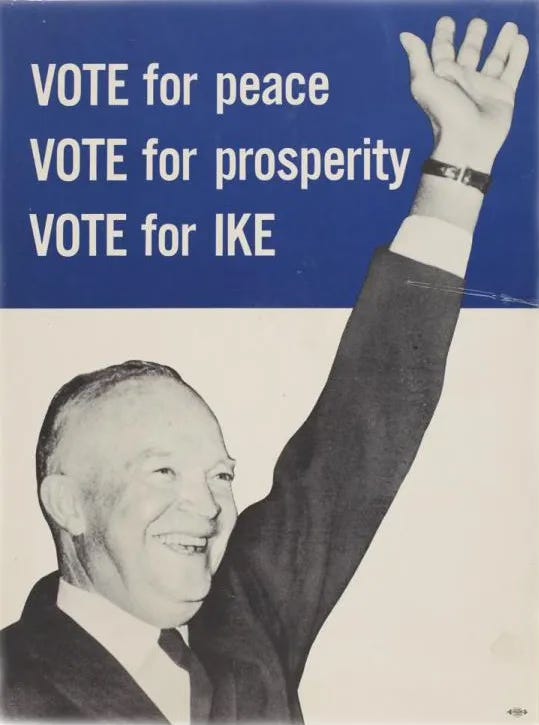
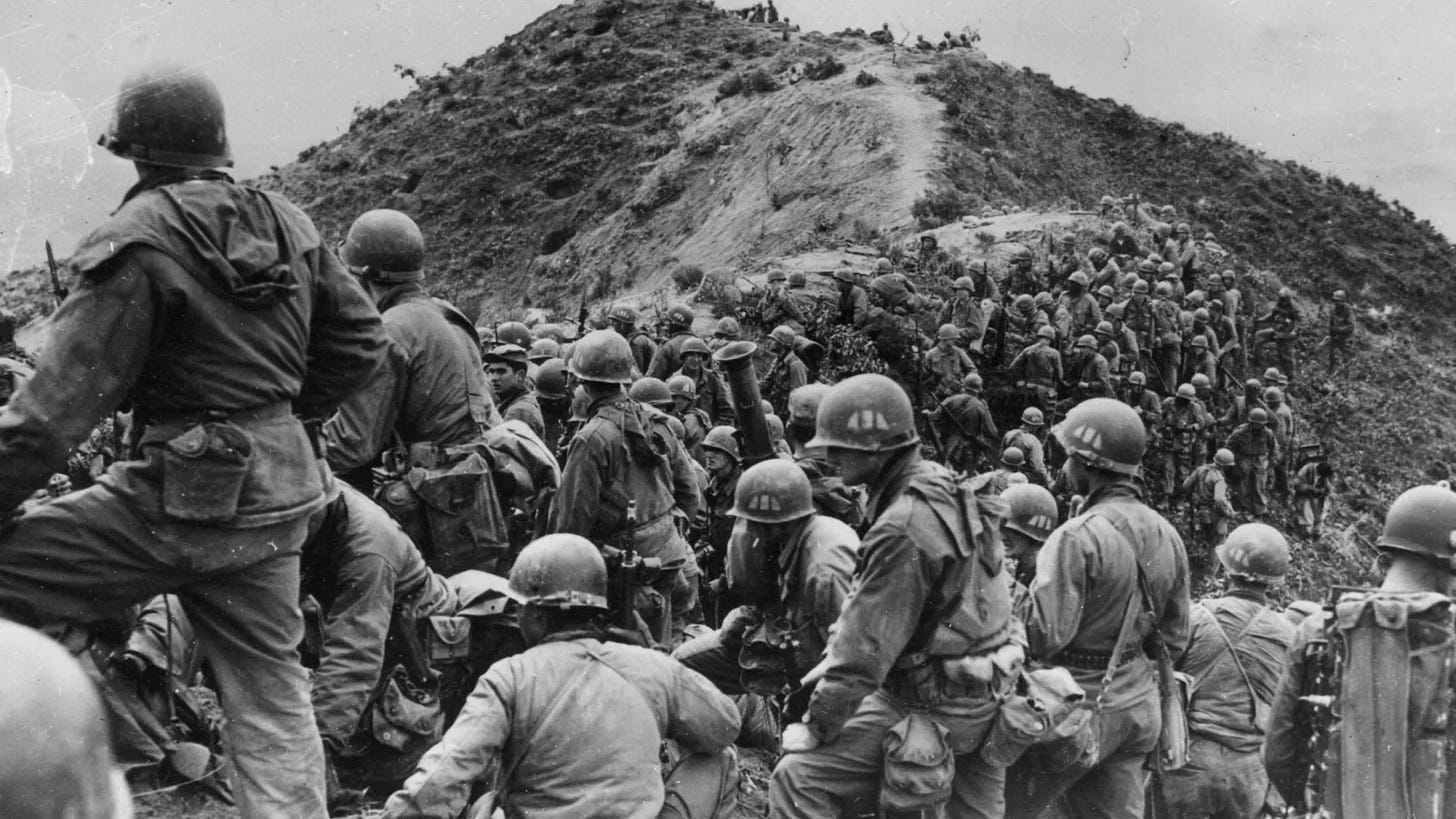


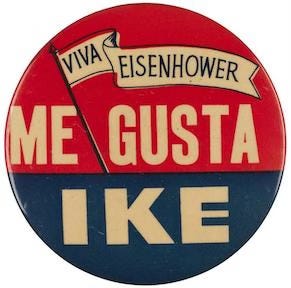
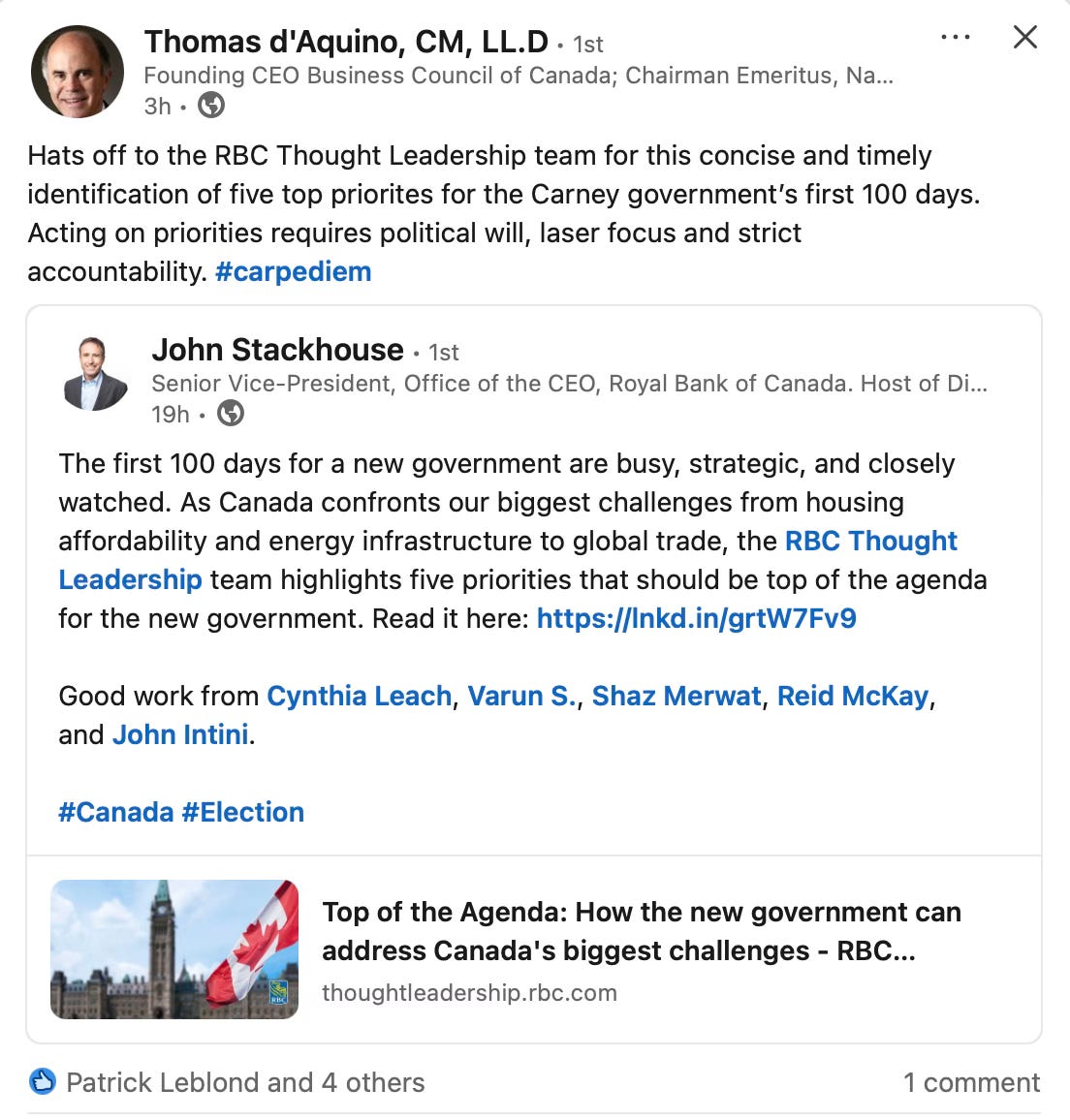
Bang on in this moment. Bang on in this century.
"I personally think Carney’s statements on the need for change are dead right. Canada needs a profound shift. But that will not happen if those at the top do not recognize the immense inertia they must overcome."
Excellent—love the historical context and the final commentary on the need for strategic clarity going forward